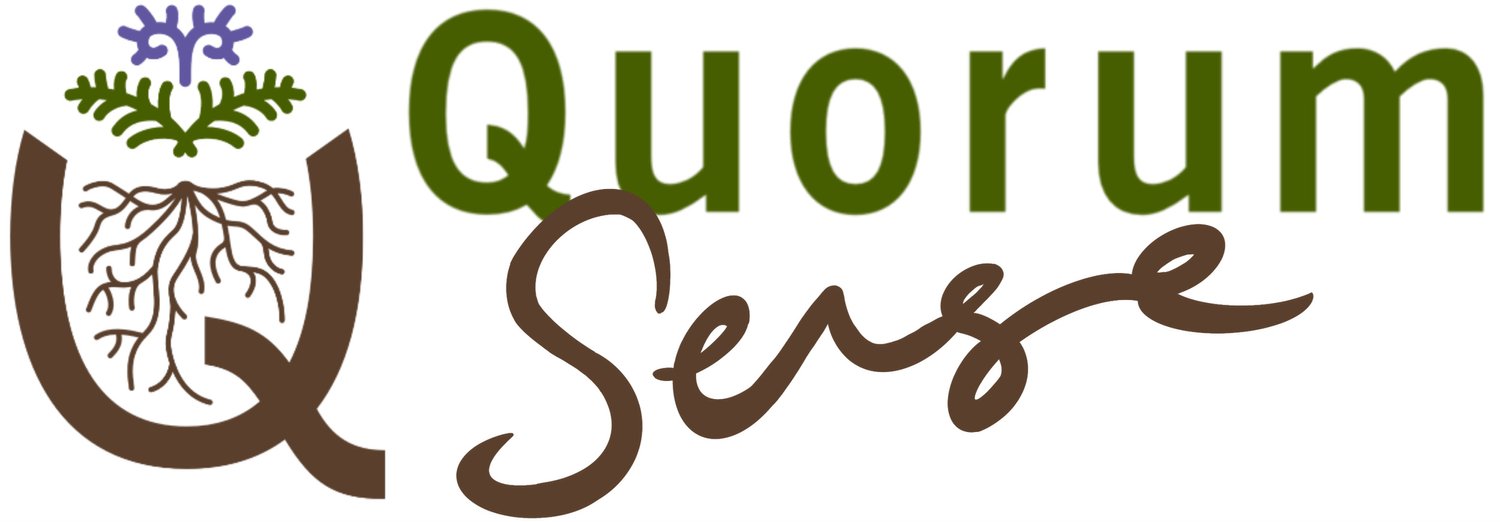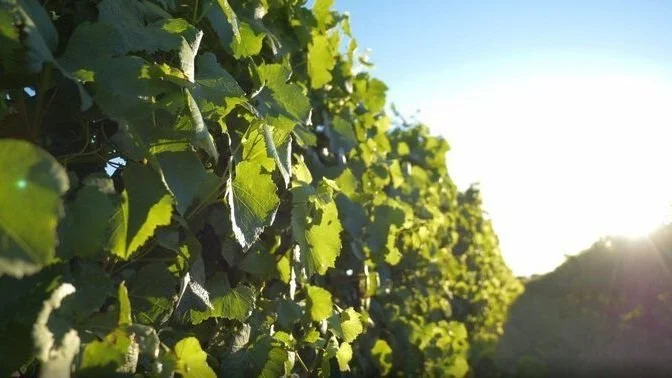Biological pest and disease management in vines
Not only is managing disease and insect pests in vineyards very costly, the products used may have unintended negative impacts on beneficial microbial and insect life in a vineyard. Both Greystone Wines and the Holdayway vineyard are successfully using biological alternatives to reduce agri-chemical use.
Video description: Greystone Wines use a combination of beneficial predatory insects, maximising airflow and sunlight and biological controls.
Video description: The Holdaways’ regenerative practices mean insect pests require no insecticides and have also improving disease control.
More on biological pest and disease management in vines
Around half of the tractor passes in most vineyards are for managing disease pressure, especially powdery mildew and (to a lesser extent) botrytis. The application of insecticides for managing mealy bug and leaf roll caterpillar usually accounts for fewer (1-3) tractor passes. While no silver bullets exist, both Greystone and the Holdaways are managing to farm without insecticides (with a few exceptions for the Holdaways). Both teams are also trialing ways to reduce fungicide use (organic or conventional).
(click on images to view full size with captions)
Greystone Wines: Organic pests and disease management
Greystone Wines, as an organically certified vineyard, has limited tools available to manage pest and disease pressure.
Insect pests are managed successfully through attracting beneficial predatory insects into the vineyard (i.e. flowering cover crops) which control pest populations.
Diseases are more complicated. The primary focus is making sure that grape bunches are cleared of surrounding leaves (by leaf plucking and trimming) to maximise airflow and sunlight on the bunches. Having the bunches exposed also allows organic fungicide sprays to work more effectively as the sprays need to contact the entire bunch to be effective. Biological controls are proving effective for managing botrytis when they get the timing right.
The main strategy going forward to reduce disease pressure is improving overall soil and plant health so that vines are more resilient to disease. Lifting the vine height to allow sheep to graze the vineyard year round will also increase airflow and reduce humidity around the grape bunches, lessening disease pressure.
Main priority is physically managing vines to maximise air and sunlight on grape bunches (natural fungicides)
Implementation tips & tricks
Need to carefully manage cover crops as they can increase humidity when they grow up close to grape bunches. Lifting cordon height will help with this going forward.
Sulfur-based organic sprays are used as a back up, mixed with fatty acid products to that act as spreaders.
Copper-based sprays can be used for downey mildew is needed.
Bacillus subtilus (Baxstar) is effective at managing botrytis with the right timing.
Holdaway vineyard: Developing a biological approach
The Holdaways are successfully managing insect pests without insecticides, with flowering cover crops attracting beneficial predatory insects that keep pest species in check (with the odd exception).
Disease management has different challenges with Sauvignon Blanc being particularly challenging as maintaining leaf cover in the bunchline helps achieve good flavour profiles. However this makes getting 100% spray coverage is near impossible, which is where conventional systemic fungicides are more effective.
Despite this, the Holdaways are noticing a reduction in disease pressure and improved disease resistance with their suite of regenerative practices. A 5ha biological/organic trial trying to manage disease without conventional fungicides, using biological controls as substitutes, has so far been partially successful. A successful crop was harvested where 8/11 disease sprays were biological controls and only 3 conventional fungicides.
The team are committed to running the trial long term as other factors, such as improving vine health and resilience or new biocontrol products may improve results. The next idea on the list is applying diverse compost extracts to inoculate with beneficial microbes.
Main challenge with biological controls is getting good contact on immature grape bunches. Leaves are in the way and the waxy coating on grapes prevents products sticking.
Implementation tips & tricks
The biological controls appear to have some persistence on the vine leaves but not on the grape bunches.
Biological controls are available for mealy bug, leaf roller, botrytis and powdery mildew. The range of available products is also increasing.
In the rare instances where seasonal factors increase pest pressure, the Holdaways try to use targeted chemicals rather than broad spectrum insecticides.
“There's a whole lot of good science behind why diversity does prevent disease. But in terms of pointing to specific examples in a real world farming system, when there's so many other variables, it's relatively hard to do.
“Certainly we're seeing slightly better disease resistance, I think, and slightly lower pressure in terms of disease. But there's still a long way to go.”
Robbie Holdaway, Holdaway vineyard
Related content on: pests & diseases, plant health
Disclaimer: The information, opinions and ideas presented in this content is for information purposes only and does not constitute professional advice. Any reliance on the content provided is done at your own risk. (click here to view full disclaimer).




















